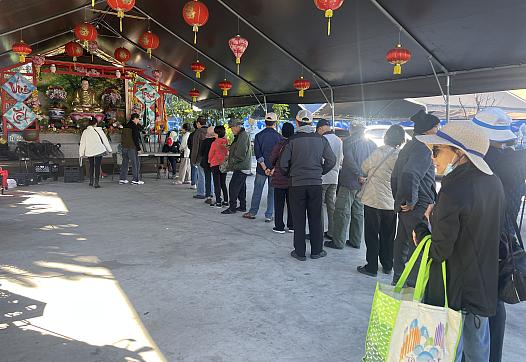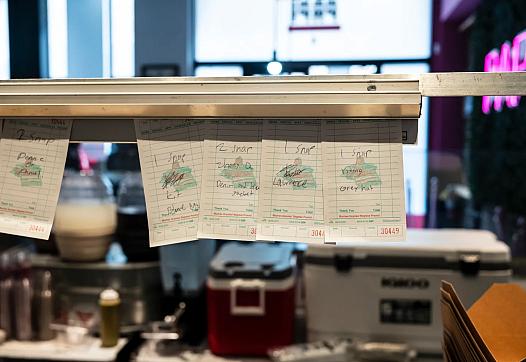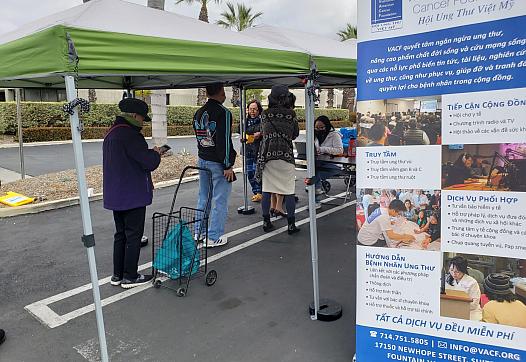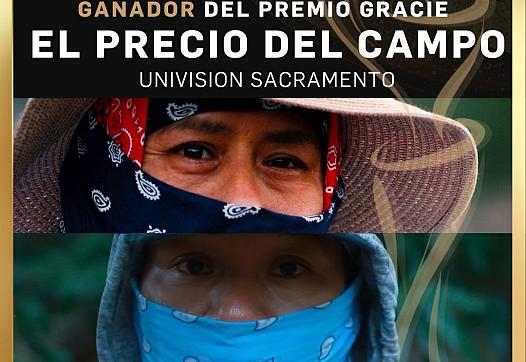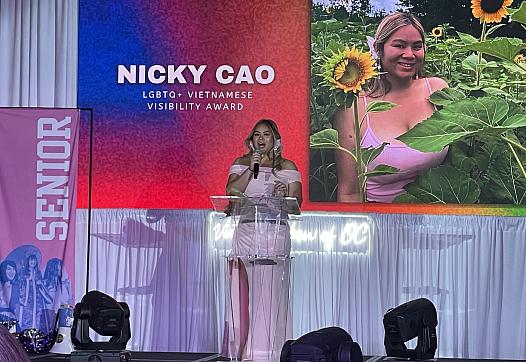Healing California
The Center for Health Journalism has teamed with ethnic media organizations in California to report together on health equity, immigrant health, community well-being and gaps in health care in a unique collaborative learning effort. Learn more about the initiative here.


